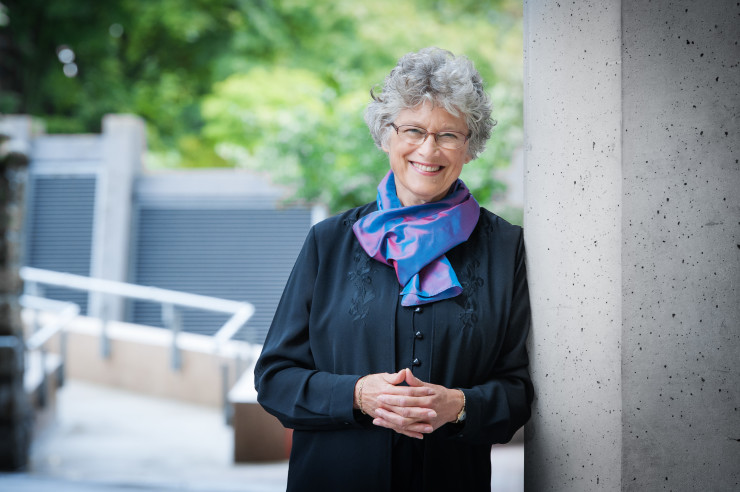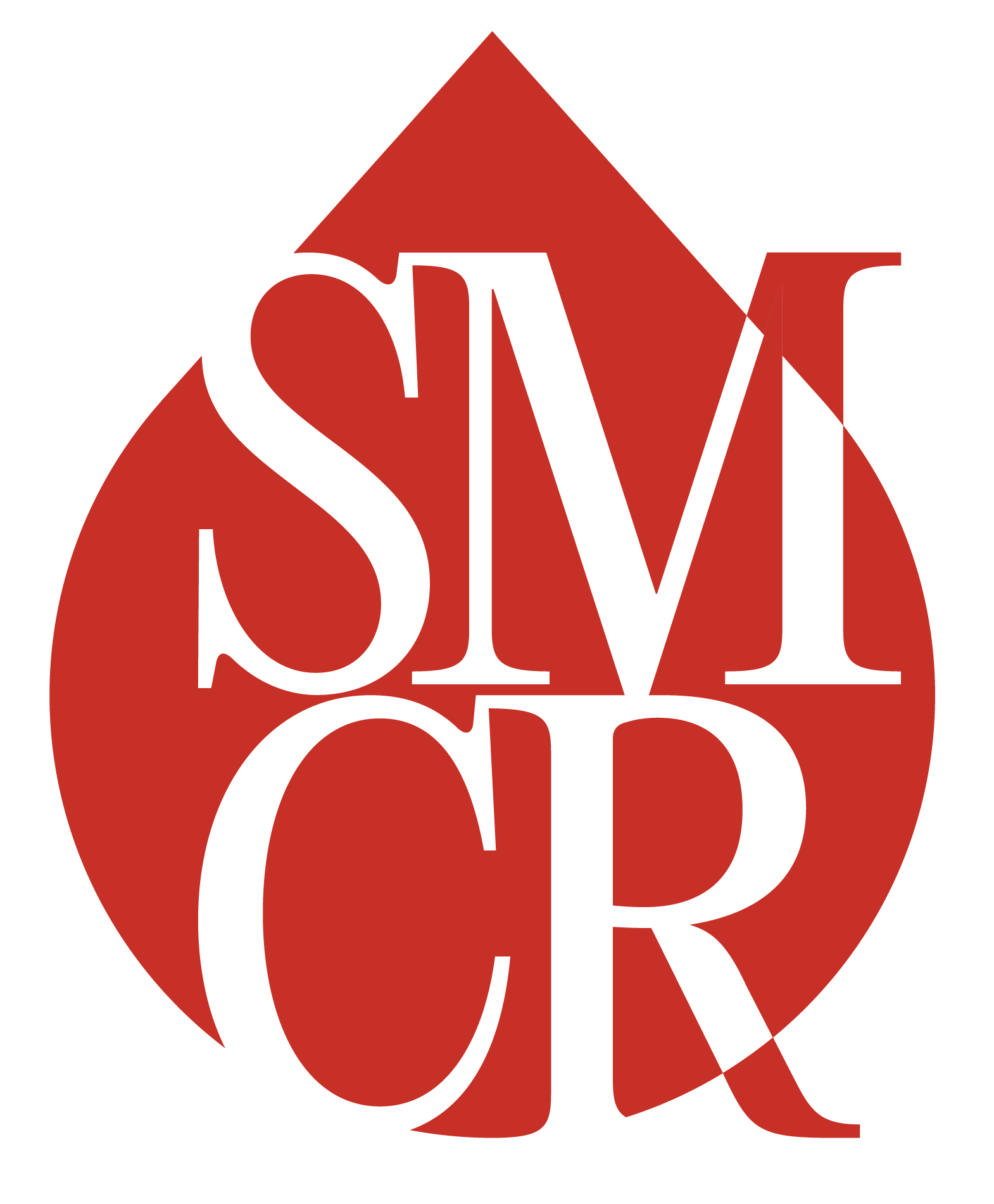Jerilynn C. Prior BA, MD; Professor of Medicine/Endocrinology at the University of British Columbia; Scientific Director of the Centre for Menstrual Cycle and Ovulation Research
 When and why did you join the Society for Menstrual Cycle Research?
When and why did you join the Society for Menstrual Cycle Research?
I joined SMCR at the Ann Arbor, Michigan conference in 1987—I presented a paper there saying that the absence of normal premenstrual symptoms (molimina) could tell women they were not ovulating. I was already doing research on menstrual cycles and bone changes in normally active women and in long-distance runners and wanted the support of other researchers with similar interests.
How did you become interested in doing menstrual cycle research?
I’ve wondered what was normal and how menstrual cycle adaptations occurred since my own cycle went away for the first nine months of my university training. I decided to go into endocrinology as a specialty of internal medicine because it required a holistic view and could focus on balance rather than solely on diseases. When I first moved to Canada in 1976 and sought to become an academic I realized I needed a special niche within endocrinology—I chose women’s reproductive endocrinology since at the time the longer distance running exercise that women were just being allowed to do was being blamed for women’s development of amenorrhea. That felt like prejudice. It also was poorly studied.
Which researcher or paper influenced or inspired you to pursue research in this area? Why?
I think the desire to study menstrual cycles grew out of my own experiences and questions as well as trying to ensure gender equity in exercise opportunities.
What are the primary areas of your menstrual cycle research?
One of the non-scientist leaders on SMCR in the early days asked me: “On what day of the cycle do women ovulate?” Even then I knew it was highly variable both within and between women.
My research focusses on:
–adaptation of cycle and ovulation to exercise (e.g. marathon running)
–influence of menstrual cycle length and ovulation on bone change
–influence of menstrual cycles and ovulation on women’s later life risks for heart disease
–influence of menstrual cycles and ovulation on women’s risk for breast and endometrial cancer
–cause, consequences and treatment of hot flushes and night sweats
–hormonal and experiential changes during the perimenopause
–influences of use of combined hormonal contraception on changes in bone and reproductive characteristics, especially in adolescence
–treatment of common cycle-related problems such as heavy flow, irregular/absent cycles, cramps
Where can visitors to our blog read about your work on the menstrual cycle?
This paper on spinal bone loss and ovulatory disturbances showed for the first time that ovulation influences changes in healthy women’s bone. (N Engl J Med 1990)
This controlled trial showed that medroxyprogesterone (a progestin) causes bone gain in healthy, normal-weight premenopausal women with abnormal cycles and ovulatory disturbances. (1994 Am J. Med)
A meta-analysis of prospective studies showed that ovulatory disturbances are related to bone loss. (2014-Epidemiologic Reviews)
A study in a whole population of women 20-49 in Norway showed that, over one cycle, >33% of women with regular, normal-length cycles were not ovulatory. (2015—PLOS ONE)
Estrogen’s Storm Season- Stories of Perimenopause is a unique fiction book whose purpose is to inform and empower midlife women by telling stories of women who are not real but with whom they are likely to resonate. It is also to show how medicine should be practiced—as a collaboration between the woman who knows herself and her goals, and a knowledgeable, understanding physician. (Vancouver, BC: CeMCOR, 2005, 2007)
The Estrogen Errors: Why Progesterone is Better For Women’s Health,co-written with sociologist/journalist Susan Baxter, is a journalistic critique of current appropaches to perimenopause. (Westport: Praeger Publishers, 2009, available as an ebook.)
What is the most interesting, important or applicable thing your research has revealed about women’s experience of menstruation?
That regular cycles do not predict normal ovulation and at least a third of all are anovulatory in population-based data.
What is your current research or work in this area?
Trying to develop a non-invasive, inexpensive test of ovulation.
How has the field of menstrual cycle research changed since you entered this area?
It continues to be a hard area in which to get academic credit but more women are seeking knowledge and the world is becoming more open.
What else would you like our readers to know about the value, importance or influence of menstrual cycle research?
We’ve only begun to piece together the many things that change across the menstrual cycle or the processes that women’s estradiol and progesterone levels influence. Cycle specific measurements need to be built into all studies so that women can participate and the results will be scientific.
For information on becoming a member of the Society for Menstrual Cycle Research contact us by email: info@menstruationresearch.org. Subject line: Membership.

